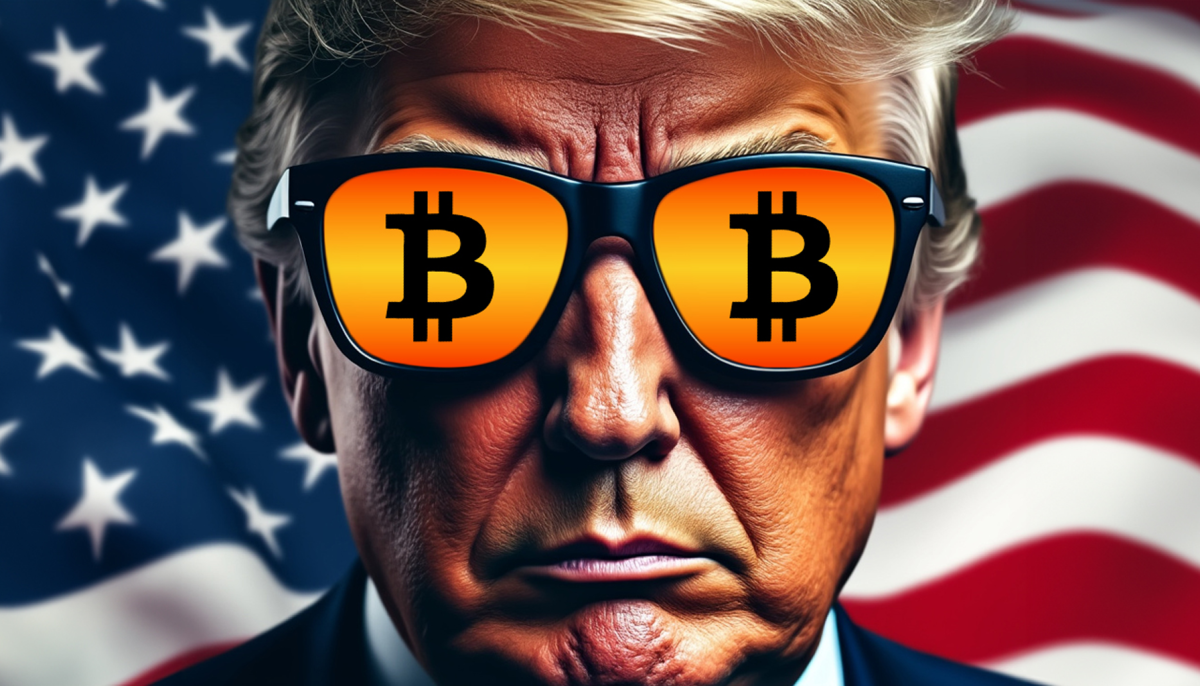Legacy Media’s Transformation: Why Evolution Beats Extinction


As a PR professional with over a decade of experience, I’ve witnessed firsthand the changing landscape of media. And let’s be honest: the claim that “legacy media is dead” feels more like a provocative headline than an accurate assessment. Sure, the traditional media model is shifting—especially in the wake of recent U.S. elections, where public trust in established outlets saw a noticeable decline. People are seeking alternative narratives and digging deeper to uncover the truth.
Take this data point from Pew Research Center: “About one-in-five Americans—including 37% of adults under 30—say they regularly get news from influencers on social media.” This is not just a rejection of legacy media but a rejection of traditional gatekeepers perceived as increasingly out of touch with their audience’s needs.
But to declare the death of the media is an oversimplification. What we’re witnessing isn’t an end but a transformation. The media is evolving to meet the demands of an audience hungry for something new. Transparency has become the cornerstone of this evolution. People want to know who is behind the editorial decisions, who owns the media they consume, and how that ownership influences the content. The old adage “he who pays the piper calls the tune” rings truer than ever.
This isn’t a bad thing. Transparency can help rebuild trust in an era when skepticism toward corporate and political affiliations is at an all-time high.
Let’s face it: true objectivity in journalism is a myth. Journalists are human, and with that comes inherent subjectivity. Even the decision about what to cover reflects “selection bias.” For example, legacy media outlets often write about Bitcoin businesses only when the cryptocurrency’s price is soaring or plummeting, perpetuating a volatile narrative that aligns with click-driven news cycles. This framing can overshadow the steady, transformative developments in the Bitcoin ecosystem.
Once a story angle is chosen, journalists frequently seek sources to fit that narrative. That’s not to say journalists don’t strive for balance, but every choice—from framing to language—carries subjectivity. And that’s okay, as long as we’re honest about it. The audience deserves transparency over the illusion of neutrality.
The media landscape is also diversifying, and specialized outlets are emerging to serve specific audiences. These platforms are experimenting with new business models and building stronger connections with their readers, who feel seen and heard. We’re also witnessing a shift from passive consumption to active engagement, with audiences supporting independent creators, subscribing to premium content, or directly funding investigative journalism.
A prime example of this shift is the rise of long-form, unscripted conversations on platforms like The Joe Rogan Experience. A candid, hours-long conversation with a guest often achieves what a pre-recorded, heavily orchestrated interview on ABC cannot: authenticity. This format allows us to see public figures, including political candidates, as they truly are—unscripted, human, and occasionally flawed. It serves a vital purpose by showcasing the raw, unfiltered side of individuals, rather than relying on rehearsed phrases and carefully crafted talking points. In a world craving transparency, these platforms resonate because they prioritize authenticity over polish.
This brings us to an essential question: does the traditional view of legacy media still hold up for global reporting or investigative journalism? Historically, legacy outlets have been considered the bedrock of these fields. However, investigative journalists in specific niches—such as healthcare or technology—are often independent. Global news often breaks on platforms like X (formerly Twitter) before legacy editorial teams have a chance to react. The speed, reach, and flexibility of new media channels are reshaping how we approach “big” stories.
To understand how this shift might play out, consider WikiLeaks. When traditional financial institutions blocked donations to the organization, Bitcoin provided a lifeline. Its decentralized nature allowed people worldwide to fund WikiLeaks without intermediaries. This example illustrates how Bitcoin and blockchain technology can support investigative journalism, particularly in scenarios where traditional funding methods are compromised.
Looking ahead, we could see audiences paying directly for investigative work, particularly for stories with global impact. A more decentralized funding model could enable journalists to report freely without fearing repercussions from advertisers, governments, or financial institutions.
Bitcoin has the potential to help build a more trustworthy media ecosystem. Its transparency—every transaction recorded and immutable—could verify the authenticity of content, combat misinformation, and support independent creators. By decentralizing power, Bitcoin removes reliance on traditional gatekeepers and empowers audiences to directly support journalism they trust, fostering self-sovereign investigative journalism free from monetary influence and truly serving its audience.
But this is only the beginning. It’s not just about Bitcoin; it’s about rethinking how media is produced, funded, and consumed. The responsibility also lies with us as consumers. By researching our sources, verifying information, and thinking critically about what we share, we play a direct role in shaping the media landscape.
Now imagine tools that can be built with responsible AI. It has the potential to revolutionize media literacy and trust by acting as a “Bullshit Meter” that validates facts, detects bias, and uncovers hidden influences of ownership and sponsorship. Through tools like fact-checking algorithms, sentiment analysis, misinformation networks, and content mapping, AI can empower consumers to critically evaluate the media they consume. By integrating these capabilities into user-friendly platforms—such as browser extensions or educational tools—AI can make transparency and accountability more accessible than ever. While challenges like AI bias and industry resistance remain, leveraging this technology could fundamentally reshape how we produce, consume, and trust media in an era defined by skepticism and misinformation.
The future of media isn’t about clinging to old models or dismissing them outright. It’s about transformation. It’s about a media that reflects the values of transparency, independence, and truth. And it’s up to us, as both professionals and consumers, to support this evolution—one piece, one platform, one choice at a time.
This article is a Take. Opinions expressed are entirely the author’s and do not necessarily reflect those of BTC Inc or Bitcoin Magazine.









